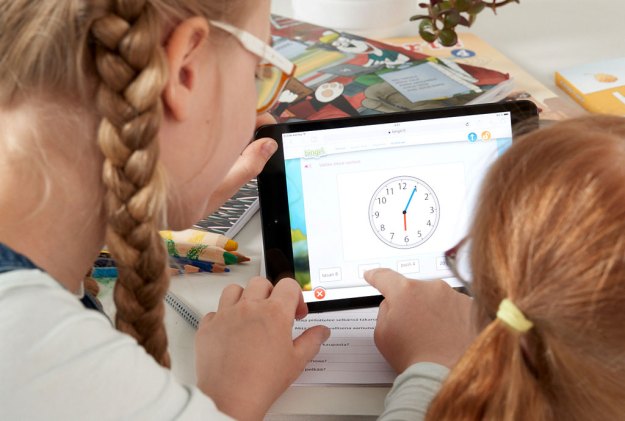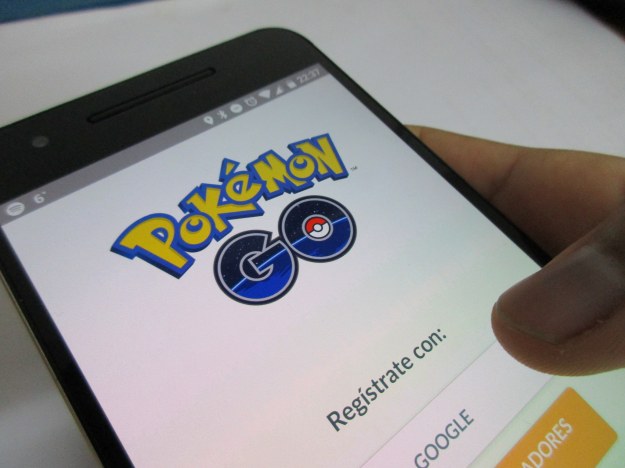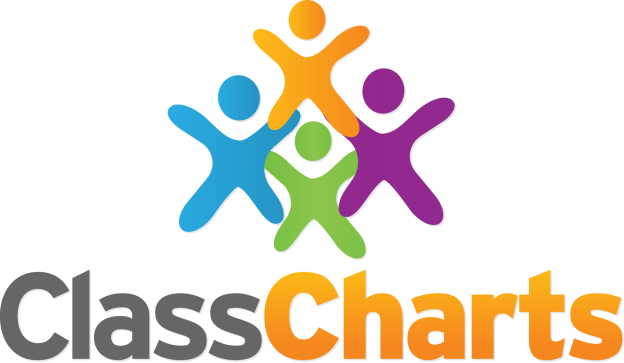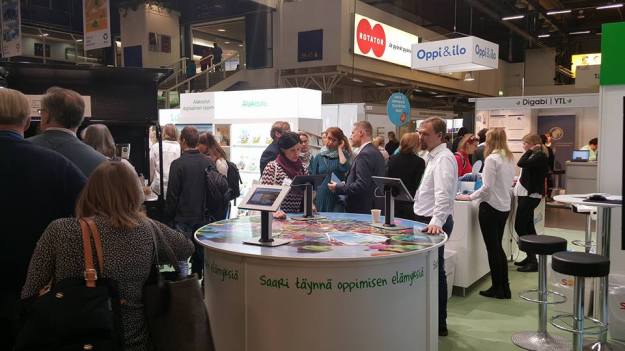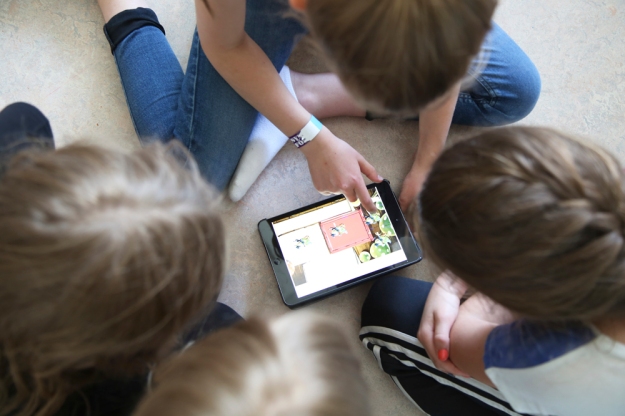 In printed learning materials bubbles might be formed between the school book cover and the plastic covering it. However, bubbles can emerge also with digital learning materials. These bubbles are completely different since they isolate learners from each other. That’s why it is very important to avoid and burst them.
In printed learning materials bubbles might be formed between the school book cover and the plastic covering it. However, bubbles can emerge also with digital learning materials. These bubbles are completely different since they isolate learners from each other. That’s why it is very important to avoid and burst them.
Last time I wrote about how artificial intelligence is teacher’s friend not enemy. Intelligent digital tools and materials are not about to replace the teacher. Instead they support the teacher, making her job easier.
Now it is time to address another theme: filter bubbles. Filter bubbles are known from social media and politics. People with similar opinions and attitudes talk solely with each other, causing them to form a bubble which drifts away from other bubbles. In the future the same unwanted mechanism can also be affecting learning.
Politicians, education officials, application developers, publishers, and many others: one of the most central objective for parties working with education is to advance personalized learning. This means that learners are encountered as individuals rather than as homogeneous groups. For example my employer Sanoma Pro as an educational publisher aims to offer diverse materials with something for everyone.
In digital environments personalized materials can be composed and distributed automatically. For example in Bingel the pupil is offered easier or more difficult exercises depending on whether he got previous answers right or wrong.
Personalization cannot jeopardize the equality of learning
Personalization and adaptivity can be taken further than what present Bingel has. This is exactly where the danger of filter bubbles looms. In principle the learners could complete exercises and according to the answers be directed in different routes which might not cross in the future. This could replicate the unwanted scenario from social media with learners in their own bubbles, isolated from each other.
In real life the teacher has a central role in guaranteeing that each learner goes through at least particular topics. Also the curriculum mandates this; personalization has to be implemented respecting he curriculum.
What to personalize then, and on what grounds? Some propose learning styles as the answer. It means offering interactive content for kinesthetic learners, videos for visual learners, and so on. However, learning styles and their positive impact to learning has been debunked several times. Not worth to waste time in them.
Personalization for engagement
My proposal is to personalize in order to engage and motivate the learners. One can assume that a learner is more motivated if she gets offered learning materials tailored for her. For example, exercises should be hard enough to keep the learner interested. They cannot be too difficult, however, so that the learner doesn’t get frustrated. It is natural for people to like both routines and change. Learning materials should reflect this by offering both familiar content and surprises.
To conclude, an important note related to personalization and more generally applications utilizing AI: both the learners and the teachers should have the feeling of being in control and understand the tools and content they use. This is why it is worthwhile to offer recommendations rather than completely automatic adaptivity. Let the learners and teachers to select whether to follow recommendations or not.
Even better if the recommendation includes argumentation of why just that particular content is offered to that particular learner. For example like this: “You seem to be practicing for tomorrow’s geometry exam. You have already mastered areas but there is still some work to do with volumes. Here is a 30 minute exercise package for you and there is a three minute video covering the basics. You can also familiarize yourself with volumes with the following containers found in your kitchen….”
When implemented right, personalized learning motivates the learner, eases teacher’s daily work, and does not isolate learners from each other.
This post was first published in Sanoma Pro’s blog in Finnish.

